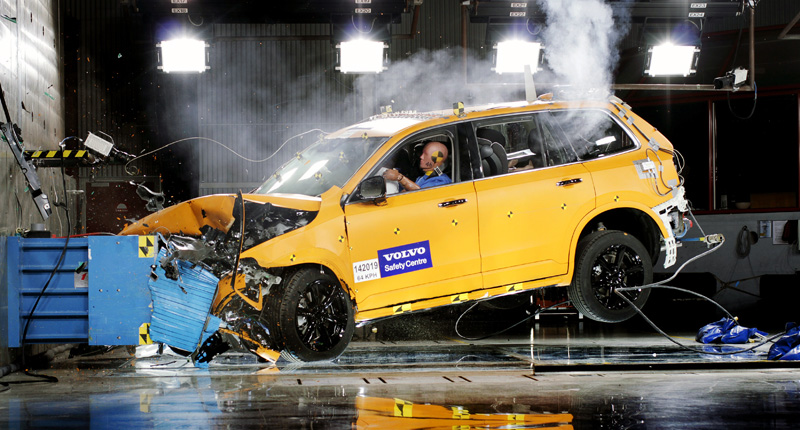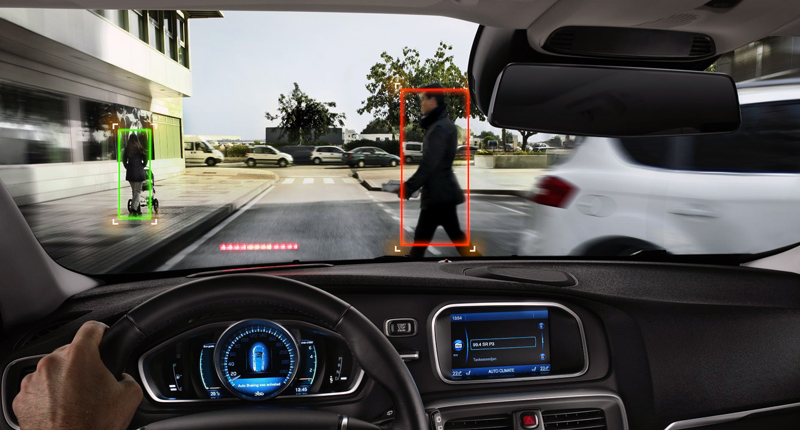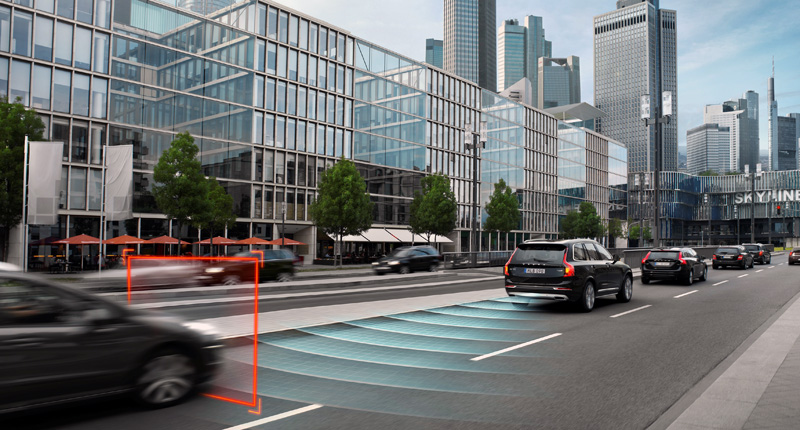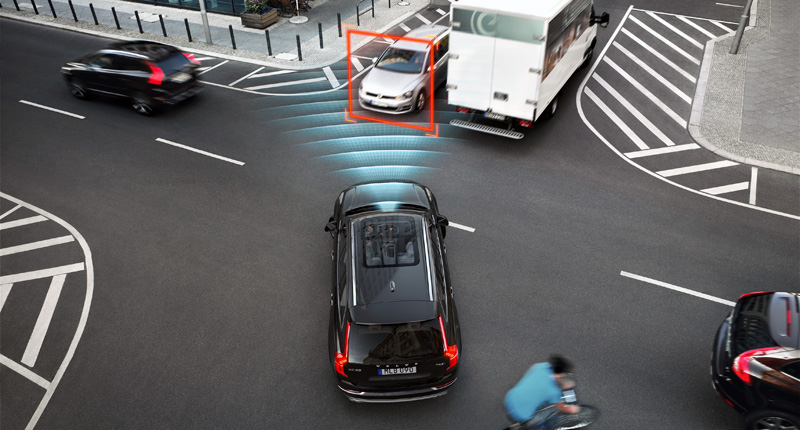Samsung heads into CES 2026 with momentum Samsung Electronics is closing out 2025 with a strong signal of where its future tech ambitions lie….
Cars of the future will be pretty much crash proof. Here’s how…

Some people quite simply don’t belong behind the wheel of a car. Driving is, after all, a skill. And, despite proudly brandishing driving licences complete with goofy “mugshots”, these motorists have yet to (and likely never will) master the simple art of, um, not crashing.
Yes, we’re talking about serial crashers. Those sorry drivers who manage to – for whatever reason – routinely transform their humble hatchbacks into weapons of mass on-road destruction. Lampposts, parked cars, wheelie bins, the neighbour’s cat — virtually nothing escapes these four-wheeled wrecking balls.
But even if you’re not one of them (and thus don’t make a habit of becoming involved in collisions), there’s always the distinct possibility that Crashy Crasherson will one day come barreling out of nowhere, slamming into the side of your vehicle while you wait patiently at an intersection. “Which one’s the brake again?” the fender-bender-offender will likely ask you, flashing a sheepish grin through a cloud of coolant steam.
Of course, vehicular crashes are anything but funny. In fact, they’re one of the leading causes of death around the world, with most estimates suggesting that well over one million people are killed on the world’s roads each year. But, thanks to new technology — some of which is already available today — the cars of the future will be exceedingly difficult to crash. In fact, only the most talented (or should that be least talented?) serial crashers will likely be able to outfox the nifty safety systems.

Yes, a whole host of advanced driver assist systems are already fairly common on high-end vehicles, and they’re improving all the time. Eventually, if automakers have their way (hint: they will), all of these little features will come together to slash the number of road crashes and thus drastically reduce on-road carnage.
In fact, some manufacturers are more than just quietly confident. Volvo, for instance, is adamant that by 2020 all of its new vehicles will be entirely crash proof, meaning there will in theory be zero injuries or deaths (caused by collisions, anyway) in the Swedish brand’s new products. How do automakers plan to make this a reality?
Well, vehicle-to-vehicle and vehicle-to-infrastructure communication will play a massive role. Think about it: were all vehicles within a particular range sharing data (speed, direction of travel, etc.) — as well as connecting to road objects such as traffic lights — drivers could receive early warnings of potential problems. Or the vehicles themselves could intervene to prevent possible collisions. Yes, the “smart” vehicle seems to be the key to it all. Knowledge is power! to not crash, in this case.

But there are also a number of existing safety systems available that don’t require the car to be “connected” at all. Automatic emergency braking, for example, uses sensors to monitor the proximity of other road-users, detecting critical situations where a collision seems imminent and automatically applying the brakes (and sometimes even manipulating the electronic stability control system) to either prevent the would-be crash or at least mitigate its effects.
This year, car safety performance assessment specialists Euro NCAP started awarding credit to manufacturers that equip their models with “robust forward collision warning and/or automatic braking technology”. In essence, this means that achieving a five-star rating now requires some sort of auto braking system. And, as a result, more and more car-makers are including such systems on their latest vehicles.
Then there’s adaptive cruise control, which latches onto the vehicle ahead and maintains a set following distance, as well as lane keeping systems, which warn the driver should the vehicle drift out of its lane (without any indication, of course) and, if no corrective action is taken, automatically steer the vehicle back into its lane. Even parking mishaps should eventually be largely eradicated thanks to a range of increasingly popular self-parking systems.
Other relevant safety technologies currently available on a number of advanced vehicles include blind-spot monitoring, speed alert systems, attention assist (a form of drowsiness detection), and vision enhancement systems (think night-vision and adaptive headlights). Pretty much all of the relevant tech exists; it just needs to be brought together in a properly “connected car”.

So, vehicles that stop and go on their own — or ones that at least help their drivers avoid nasty crashes — are very much a reality already. But does that mean that the ideal of a completely crash-proof car is a foregone conclusion?
Well, scientifically speaking, no. French computer scientist Thierry Fraichard, in fact, recently released a study explaining that there is such thing as an “inevitable collision state”.
“Imagine a car travelling very fast toward and a few metres away from a wall. Although the car is not in collision at the present time, it will crash regardless of any efforts to stop or steer,” Fraichard wrote in the study. And the good doctor has a point. Even the best tech currently at our disposal simply wouldn’t help in certain situations.
“If you could make sure the car won’t break or your [car’s] decisions are 100 percent accurate, even if you have the perfect car that works perfectly, in the real world there are always unknown moving obstacles. Even if you’re some kind of god, it’s impossible. It’s always possible to find situations where a collision will happen,†Fraichard recently told online technology magazine, Motherboard.
But, even if Fraichard’s right and Volvo’s wrong and the cars of tomorrow aren’t entirely “uncrashable”, the future’s roads will be an immeasurably safer place when technology eventually does almost completely blunt the effects of the serial crasher.
And we’re certain the neighbour’s cat would wholeheartedly agree.

